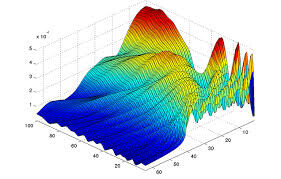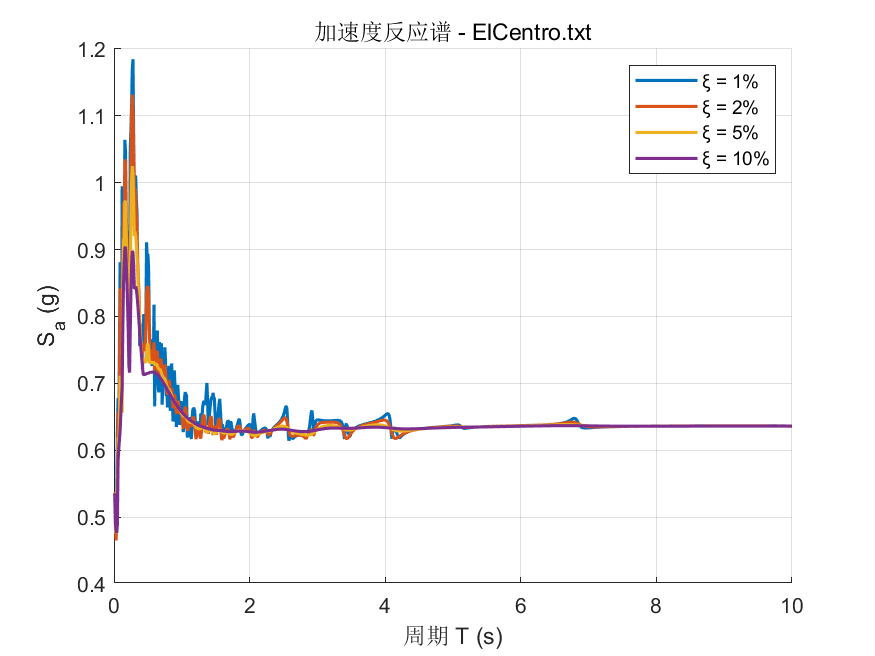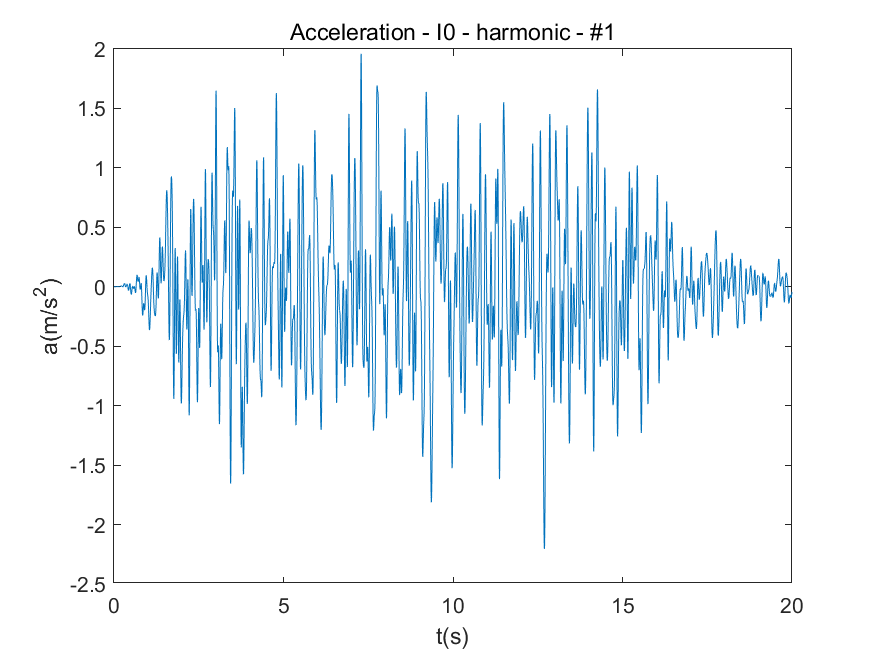学术论文写作时态

学术论文写作时态
慕风论文各章节常用时态指南(含“提出新结构/算法”的情况)
1. 标题(Title)
- 时态:通常省略动词,使用名词短语
- ✅ 示例:
A New Joint Design for Precast Concrete Frames
Deep Learning-Based Algorithm for BIM–Reality Registration
2. 摘要(Abstract)
主要时态:
- 一般现在时(描述本文内容,特别是“本文提出…”)✅
- “This paper proposes a new joint design …”
- “We present a registration algorithm based on …”
- 一般过去时(具体实验做法或测试过程)
- “We tested the node under cyclic loading.”
- 一般现在时(描述本文内容,特别是“本文提出…”)✅
- 🔍 如果你在摘要中声明创新点或贡献:使用现在时
- ✅ 示例段落:
This paper proposes a novel steel–concrete joint for precast systems. A full-scale test was conducted to verify its seismic performance. Results show that the joint significantly improves ductility.
3. 引言(Introduction)
主要时态:
- 一般现在时:
- 用于说明背景、动机、重要性
- 用于明确论文贡献(即“本文提出…”)✅
- 示例:
- “BIM–reality alignment is vital for construction accuracy.”
- “In this study, we propose a new algorithm …” ✅
- 一般现在时:评价文献“观点”、“结论”
- “Smith (2020) argues that …”
- 现在完成时:强调文献发展脉络
- “Researchers have explored multi‐sensor fusion since 2015.”
- 一般现在时:
✅ 论文自己的创新点(提出新结构、算法)→用现在时!
✅ 示例句:
In this paper, we propose a deep learning–based algorithm for point-cloud to BIM registration. Compared with existing methods, the algorithm offers higher precision and lower computational cost.
4. 材料与方法(Materials & Methods)
- 主要时态:
- 一般过去时:
- 描述实验、建模、测试流程
- 示例:
- “The node was cast using HRB400 steel.”
- “We implemented the algorithm in Python.”
- 一般现在时:
- 对于算法、流程图、方程的构造描述本身,可以用现在时
- 示例:
- “The model consists of three modules.”
- 一般过去时:
- ❗ 新提出的结构或算法逻辑描述(如模块设计)可用现在时,但步骤执行仍用过去时
- ✅ 示例:
The proposed algorithm includes a feature extraction module, a coarse registration stage, and a refinement process. We trained the model using synthetic point clouds.
5. 结果(Results)
- 主要时态:
- 过去时:
- 实验或仿真数据呈现(例如算法性能、节点承载力)
- “The proposed node withstood a drift of 2.5%.”
- 现在时:
- 图表、趋势、对比描述
- “Figure 4 shows the displacement pattern.”
- 过去时:
6. 讨论(Discussion)
- 主要时态:
- 现在时:
- 对结果的解释、对比、影响、贡献的讨论
- “These results indicate that the joint enhances energy dissipation.”
- “The algorithm performs better than traditional ICP.”
- 过去时:
- 回顾本文具体观察或实验行为
- “We observed early yielding in Specimen B.”
- 现在时:
7. 结论(Conclusion)
- 主要时态:
- 现在时(总结贡献、陈述创新点)✅
- “This paper proposes a novel joint …”
- “The algorithm demonstrates high accuracy.”
- 将来时(展望未来研究)
- “Future work will focus on field validation.”
- 现在时(总结贡献、陈述创新点)✅
- ✅ 如果你在结论中重申“本文提出了某种算法/结构”,请使用现在时!
评论
匿名评论隐私政策





